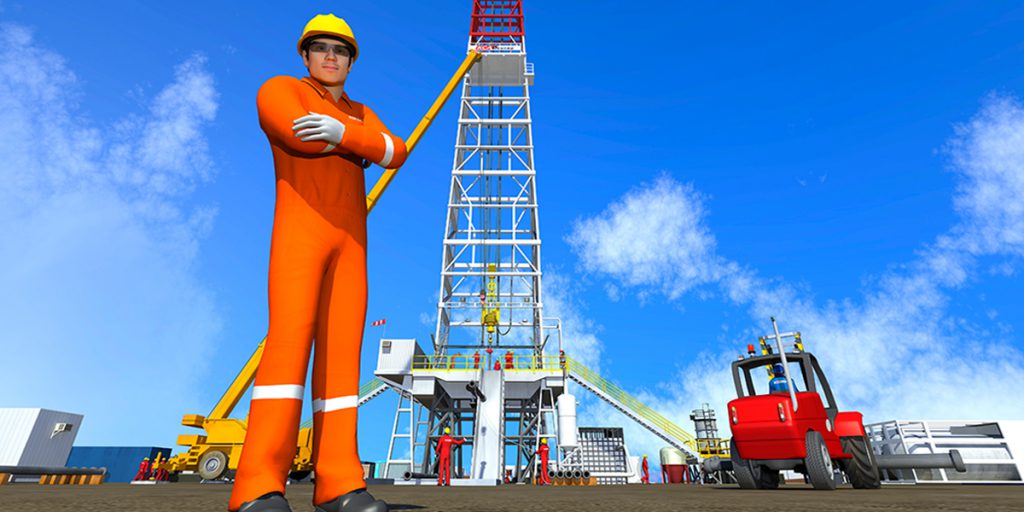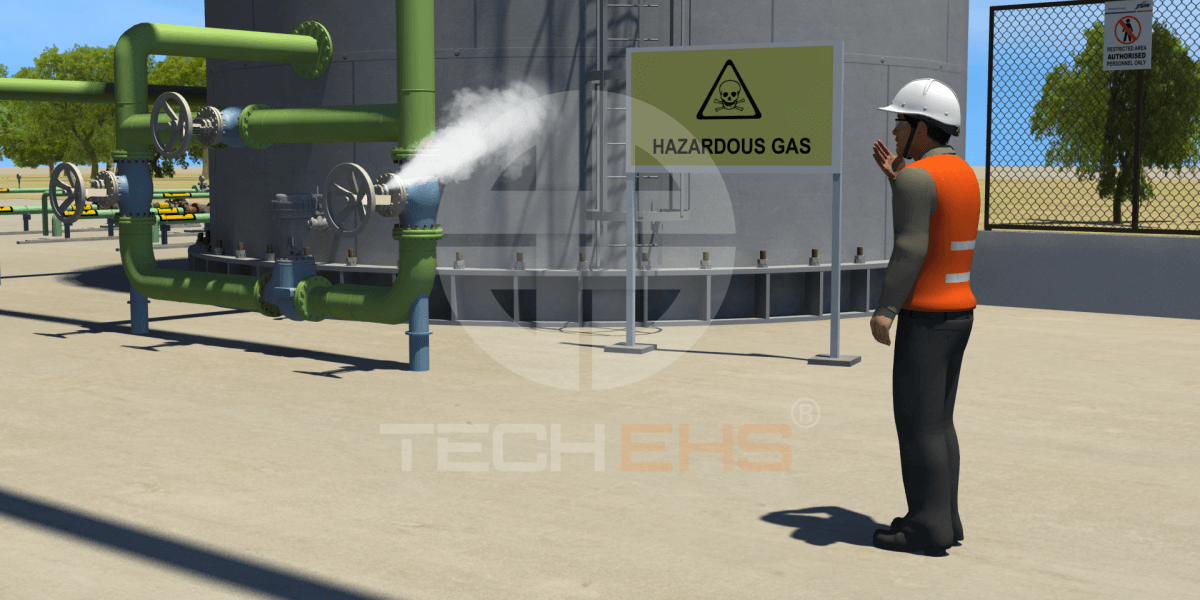
Table of Contents
Introduction
The dynamic nature of telecommunication tower projects necessitates constant vigilance and adaptability. It is crucial to foster a safety culture where every team member is proactive about identifying hazards and committed to following best practices. Ultimately, the goal is to ensure that all workers return home safely while maintaining the integrity and success of the tower erection operations.
The necessity for robust safety procedures during tower installation projects is underscored by the rapid development of telecommunications infrastructure, particularly in areas with high demand, such as India.
According to data from Statista and the Telecom Regulatory Authority of India (TRAI), as of 2023–2024, India has more than 500 million smartphone users, surpassing global subscriptions. Hence, network providers are vying for customers’ attention as the demand for coverage and connectivity increases.
But there are increased risks associated with this spike in tower installations, including
There is no compromise on safety when building towers. It requires well-trained staff, established processes, and consistent planning and execution. Every step, from setting up the equipment to erecting the structure, needs to be done precisely and with consideration for any potential risks.
If we target India and its tower erection plans, we can deduce the same from the following –
More than 500 million people use smartphones.
And on a global scale, the current population is 7.8 billion as of 2021. An interesting fact is that the number of smartphone subscriptions significantly exceeds the number of people on the planet.
And this comes off as the back of an extraordinary period of growth.
To sustain usage, there is an ever-increasing need to expand the number of telecommunication towers, which aid in improving network coverage for all subscribers and reducing call dropouts.
Telecommunication tower safety isn’t just about compliance—it’s about readiness. A comprehensive Permit-to-Work system must be implemented to gain real-time control over every job hazard and work permission.
Hazards During Tower Construction
With urban sprawl increasing, the widespread use of telecommunication towers has led to a higher demand for their construction. They hold transmitting devices for cellular phones, personal communication devices, and radio broadcast antennas.
Talk about statistics on the number of towers constructed—in the United States alone, 75,000 telecommunication towers have been erected, and 1,000 are erected each year.
And with this process come hazards, and with them, injuries and accidents!
So, if we go by the older stats, the NIOSH review identified 118 deaths associated with work on telecommunication towers (including falls, tower collapses, and electrocutions).
Here’s another case that reminds us of the purpose of safety serves everyone:
On December 8, a male tower erector stood working with a crew of 2 others on a 160-foot cellular phone tower. The mobile tower erection was done, and the process involved lowering the gin pole (a device used to hoist tower sections). After removing two choker poles, he tried to hoist the cable down. While trying to hook to the cable and missing the larger opening, the lanyard slipped off, and he fell 160 feet to the ground.
Here, the contributing factors remain –
Other factors in incidents of tower hazards are:
Want to train your teams on technical hazards like these? Proper technical subject training videos clearly illustrate critical risks and procedures.
How Should Employers Respond To Safety In Telecom Towers?
Enforce accountability and invest in visual training aids to set a good example. Also, ensure all supervisors are informed about emergency protocols. Safety is a daily commitment that should be incorporated into all operational plans, team meetings, and work briefings; it is not a checklist.
Are you sure your team is following protocol? SOP training videos make procedures easy to understand, remember, and repeat.
Installing safely on-board
While erecting a telecommunication tower, no matter how long or complicated the safety procedures and considerations are, they can be condensed to a limited moments through vitality.
Training via a variety of visual aids allows stakeholders to envision situations that are too complex to depict through conventional training methods—e.g., a life-threatening condition that requires recreating a tower incident, an electrical incident, etc.
To save the workers from serious injuries and casualties, the medium through which they undergo training must be capable of making it easy and comforting, like a movie. Something that makes the intended communication seamless and doesn’t prompt significant cerebral strain.
Tower safety in tower construction means that towers are duly maintained, safely reachable, and provisioned with finagled harbourage points. Employees must be lessened and retrained promptly, and they must be aware of conditions that could affect their capability to climb safely, etc.
Vitality increases the reach and quality of safety training, making it ideal for providing last-nanosecond, just-in-time literacy support.
How can workers supplement their employer’s efforts?
Workers must use 100% fall protection telecom and other proper equipment used in telecommunication towers when working on towers at heights above 25 feet. Workers must participate in all the training programs offered when they are conducted.
Employees often ignore the lessons they learn when safe work practices are emphasized during transmission tower erection procedures. Worker training programs are in place for a reason, and they can help to respond to changing hazardous work scenarios. So, be there and follow the learnings.
OSHA-required PPE is a trust factor – employees should opt for it and ensure they are aware of its usage.
And at last, proper inspections on their side are necessary at intervals because they are the ones who are using it, and any damage to the equipment can pose a severe threat to their lives.
Additional Safety Strategy for Tower Erection
Enhancing tower erection safety procedures with digital tools and structured protocols is the future of telecom safety. On-site visibility, communication, and accountability are enhanced during telecommunication tower construction through the use of digital checklists and smart wearables. Additionally, advanced analytics play a crucial role in optimizing workflows and ensuring seamless coordination.
These improvements reduce the likelihood of falls and injuries, ensuring compliance with industry standards.
When it comes to fall protection telecom systems, it’s critical to integrate them with training refreshers and routine audits. Establishing standardized tower erection safety procedures brings positive outcomes in high-risk environments.
Looking to upgrade your telecommunication tower erection safety procedures? Digital safety solutions are designed for high-risk telecom operations.
Conclusion
Preventing injuries and falls during the erection of telecommunication towers requires a comprehensive approach that integrates meticulous planning, rigorous training, and adherence to safety protocols. By prioritizing safety through thorough risk assessments, equipping workers with proper personal protective equipment (PPE), utilizing advanced safety systems, and maintaining effective communication, the risk of accidents can be substantially reduced. Everyday operations must incorporate clear communication and recurring refresher training to help employees anticipate and successfully mitigate risks.
Safety training has a long-lasting effect when it is relevant, visual, and repetitive. Digital learning platforms—particularly animated videos—make complex subjects easier to understand. Additionally, it enables multilingual and multilevel teams to understand safety procedures. Maintaining a safe workplace is essential for increasing employee morale, productivity, and compliance, in addition to reducing accidents.
Your safety strategy deserves better tools—animated training videos keep your teams safe and operations compliant.



